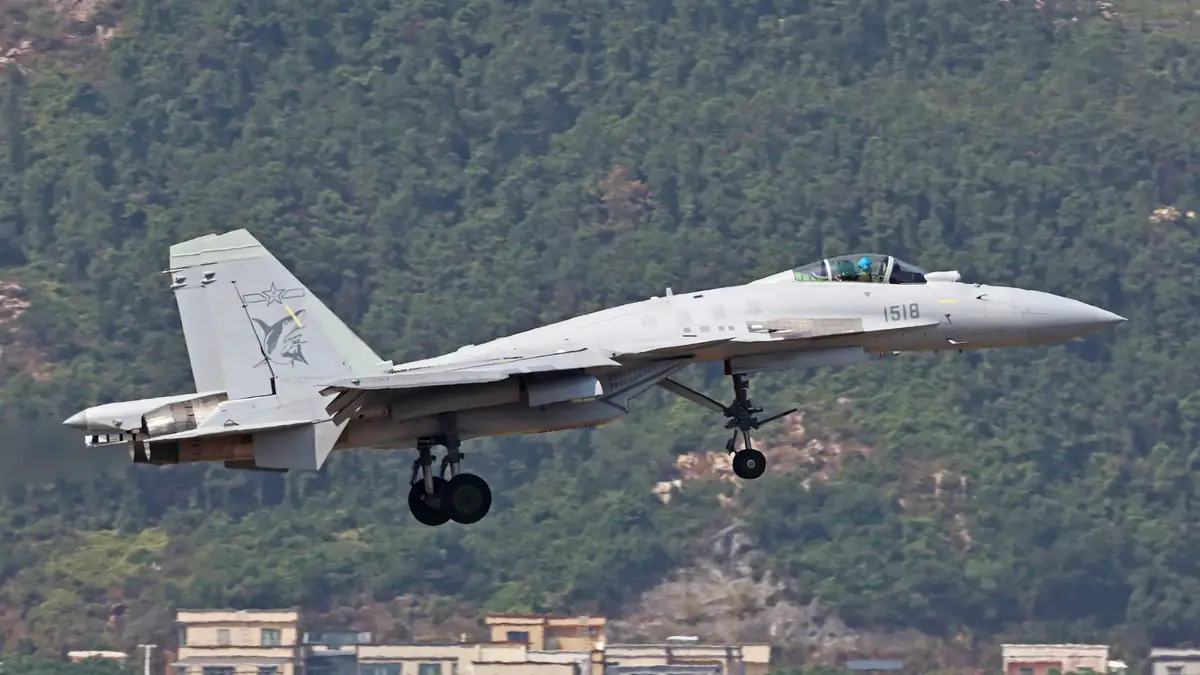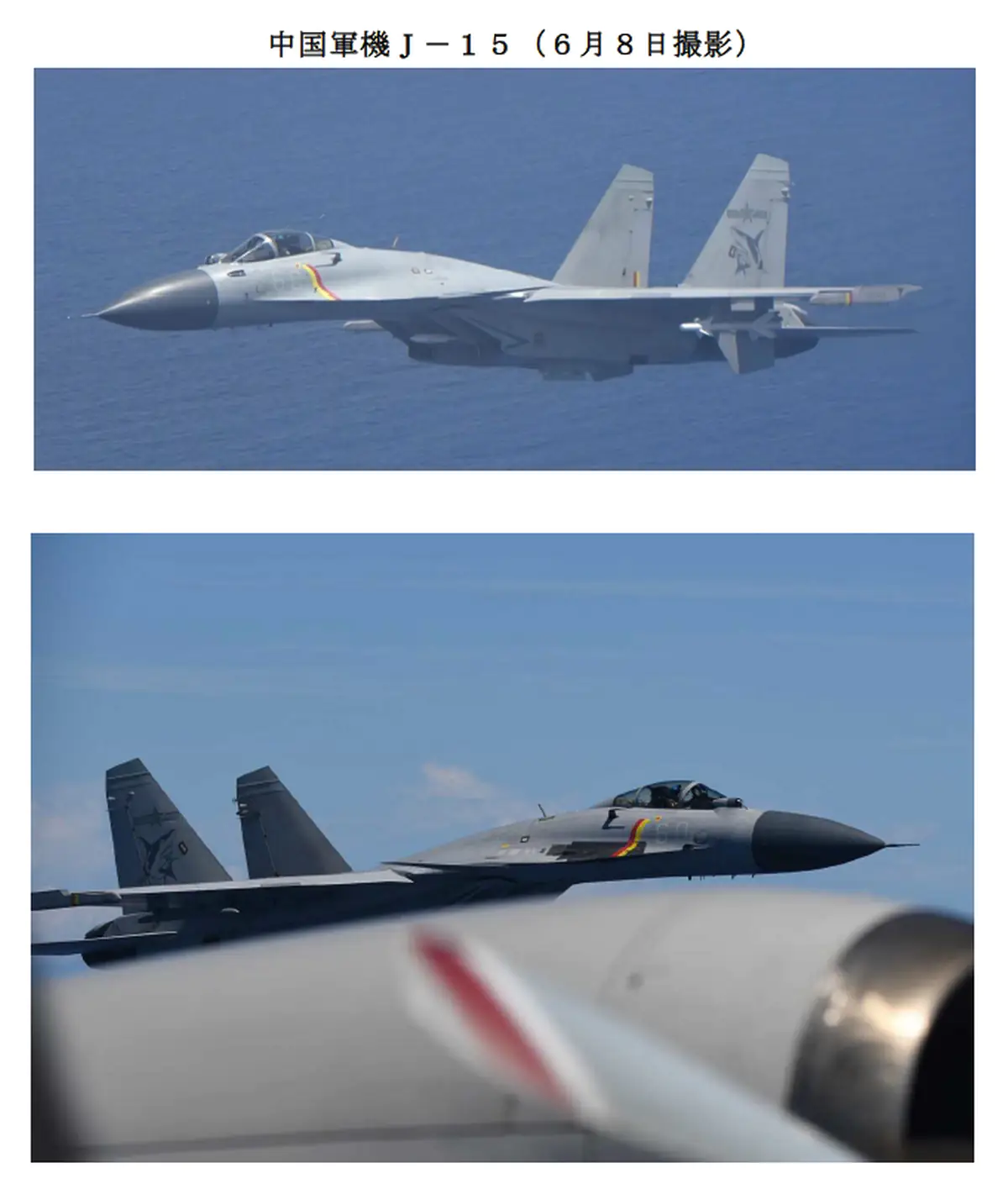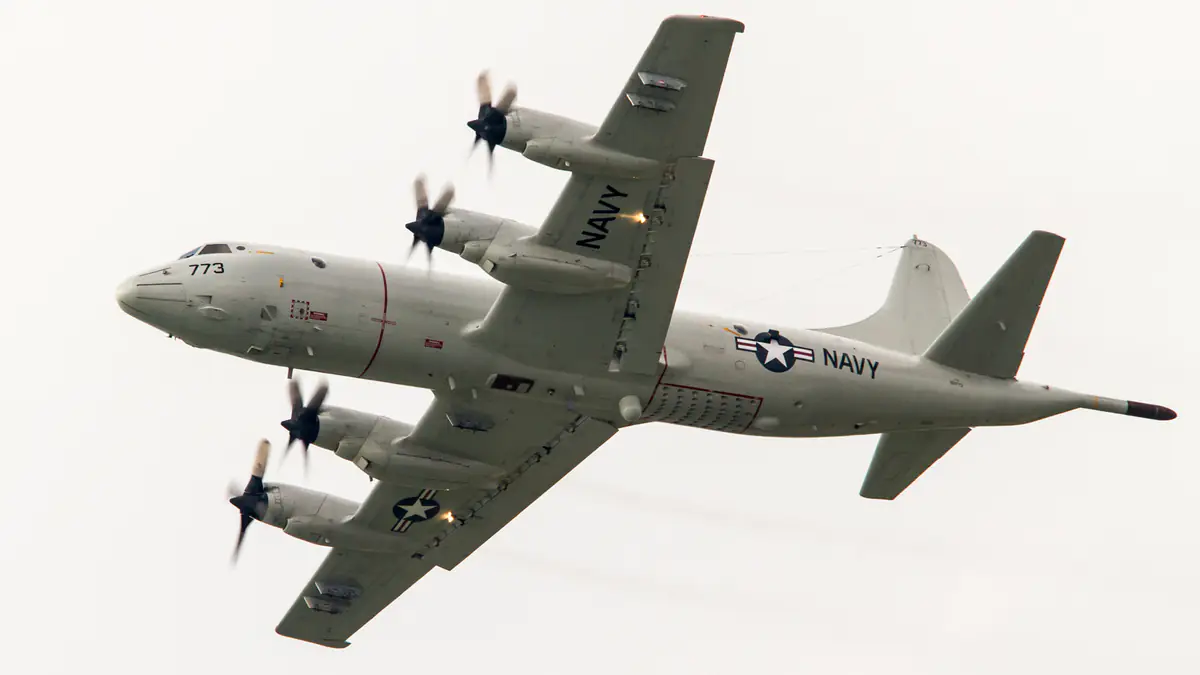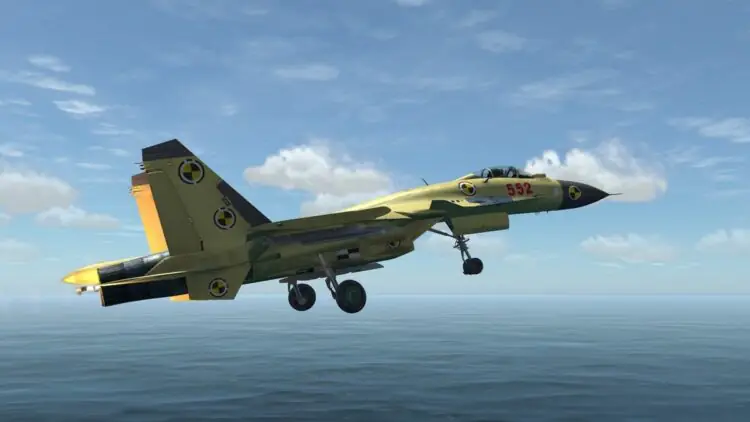Carrier-based J-15 fighter jets of the Chinese People’s Liberation Army Navy executed a dangerously close approach to a Japanese P-3C Orion maritime patrol aircraft – an action Japanese officials described as a “risky maneuver.” The incident came to light earlier this week.
One of the fighters, operating from the aircraft carrier CNS Shandong (17), performed a series of unusual maneuvers near the Japanese reconnaissance aircraft over the Philippine Sea this past weekend.

In a press release issued this week, Japan’s Ministry of Defense reported that J-15 fighter jets from the aircraft carrier Shandong were conducting escort operations and performing atypical maneuvers near P-3C Orion maritime patrol aircraft belonging to the Japan Maritime Self-Defense Force (JMSDF). The reconnaissance flights took place over the Pacific Ocean on Saturday and Sunday. Notably, Japan does not recognize the term “Philippine Sea,” classifying the area instead as part of the broader Pacific.
On Saturday, a Chinese J-15 shadowed a Japanese P-3C for about 40 minutes, at one point approaching the surveillance aircraft to within approximately 45 meters. The following day, Sunday, the Chinese jet maintained close proximity for 80 minutes. During that period, one J-15 crossed directly in front of the P-3C’s flight path at a distance of roughly 900 meters.
The press release includes photographs taken by Japanese personnel during Sunday’s incident. The document states: “Such uncharacteristic proximity by Chinese fighter jets poses a potential risk of accidental collision. We have expressed serious concern to China and strongly urged them to avoid such actions in the future.” At the same time, it confirms that the Japanese aircraft and crew were not harmed as a result of the encounter.

The P-3C Orion aircraft involved in the incident belong to the 5th Air Patrol Squadron of the JMSDF’s Fleet Air Wing 5, based at Naha Air Base in Okinawa. This unit had been tasked with tracking the movements of the Chinese carrier strike group led by Shandong. Japan’s Maritime Self-Defense Force maintains continuous surveillance of Chinese and Russian naval vessels operating near its territorial waters, while Japan Air Self-Defense Force (JASDF) fighter jets routinely intercept and shadow Chinese and Russian aircraft within Japan’s Air Defense Identification Zone (ADIZ).
On Monday, Japanese authorities confirmed that they had been closely monitoring the Shandong carrier group since Saturday. Simultaneously, another Chinese carrier group centered around Liaoning has also been operating in the western Pacific, a deployment that China’s navy officially acknowledged on Tuesday.

At a regular press conference on Thursday, Chinese Foreign Ministry spokesperson Lin Jian stated that China’s actions in the region’s maritime and airspace comply with international law and established global norms. He also noted that China and Japan’s defense ministries are in direct communication regarding the incident.
“It’s important to emphasize that the root cause of increased maritime and air safety risks lies in Japan’s active surveillance operations – its ships and aircraft closely monitoring routine Chinese military activities,” Lin said, according to the official transcript. “We urge the Japanese side to cease this dangerous practice.”

A direct communication hotline between the defense ministries of China and Japan was established on March 31, 2023, to ensure immediate contact in the event of incidents. As of the time of publication, China’s Ministry of National Defense had not issued any official comments regarding the encounter.
China has repeatedly been involved in dangerous aerial interceptions and aggressive maneuvers over the South China Sea and East China Sea. In the South China Sea, these actions are typically justified by Beijing as part of defending its territorial claims. In the East China Sea, Chinese military aircraft and vessels often target forces engaged in monitoring compliance with UN sanctions against North Korea. Beijing has previously asserted that such monitoring missions are merely a cover for intelligence-gathering operations directed at China.
In open-source records, only two similar incidents were documented in 2024 – both in the South China Sea and both occurring in February. On February 11, a J-16 fighter jet from the Chinese People’s Liberation Army Air Force fired flares just 30 meters in front of a Royal Australian Air Force P-8A Poseidon conducting a maritime patrol mission. Then, on February 18, a PLAN Z-9 helicopter intercepted a Cessna 208B Grand Caravan operated by the Philippine Bureau of Fisheries and Aquatic Resources, making a dangerously close approach over the area near Scarborough Shoal.
So far this year, none of the countries participating in UN sanctions monitoring missions have publicly reported any dangerous encounters involving Chinese military forces – a notable contrast to 2023, when both Australia and the Netherlands documented incidents of aggressive behavior by China.
Source: USNI









